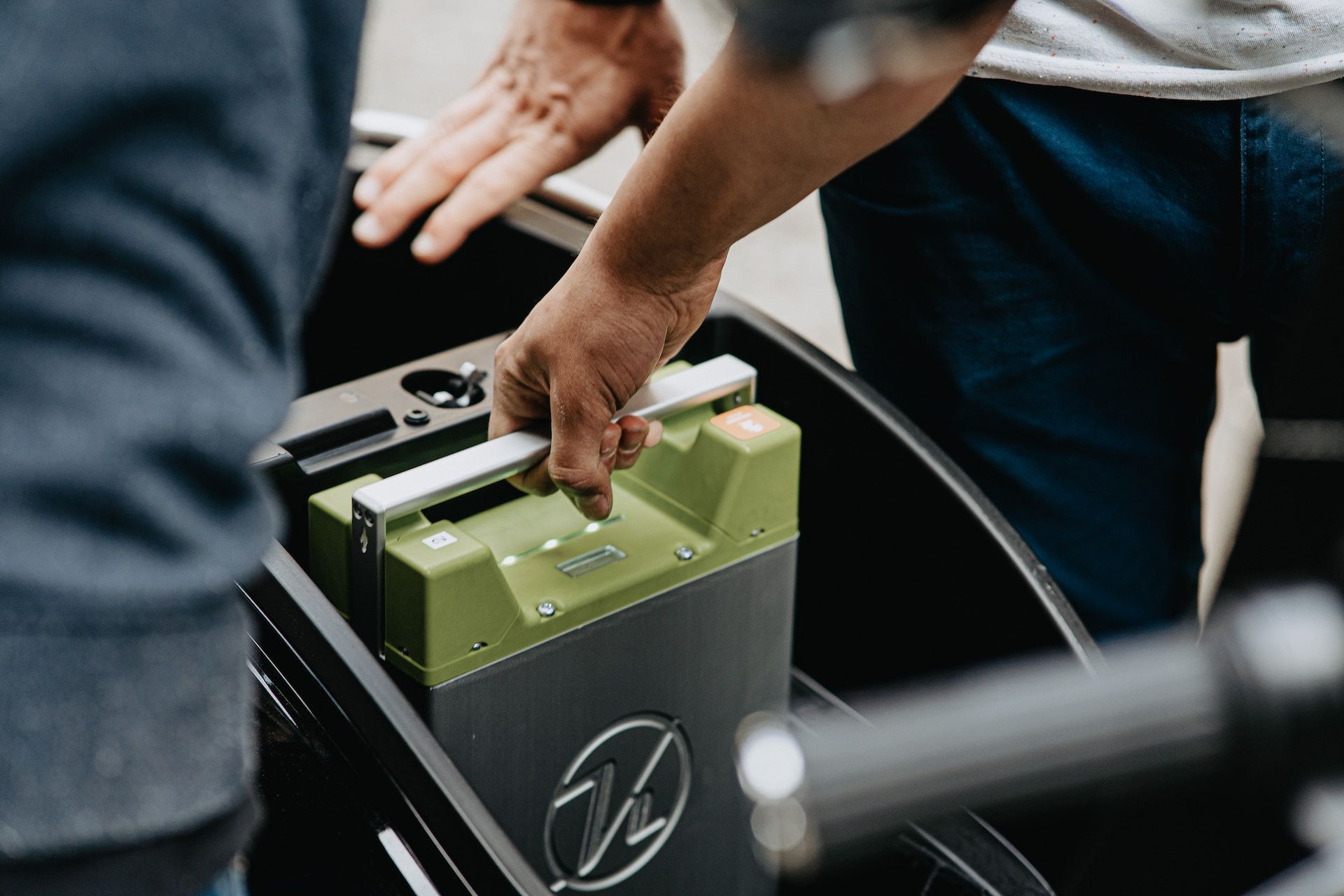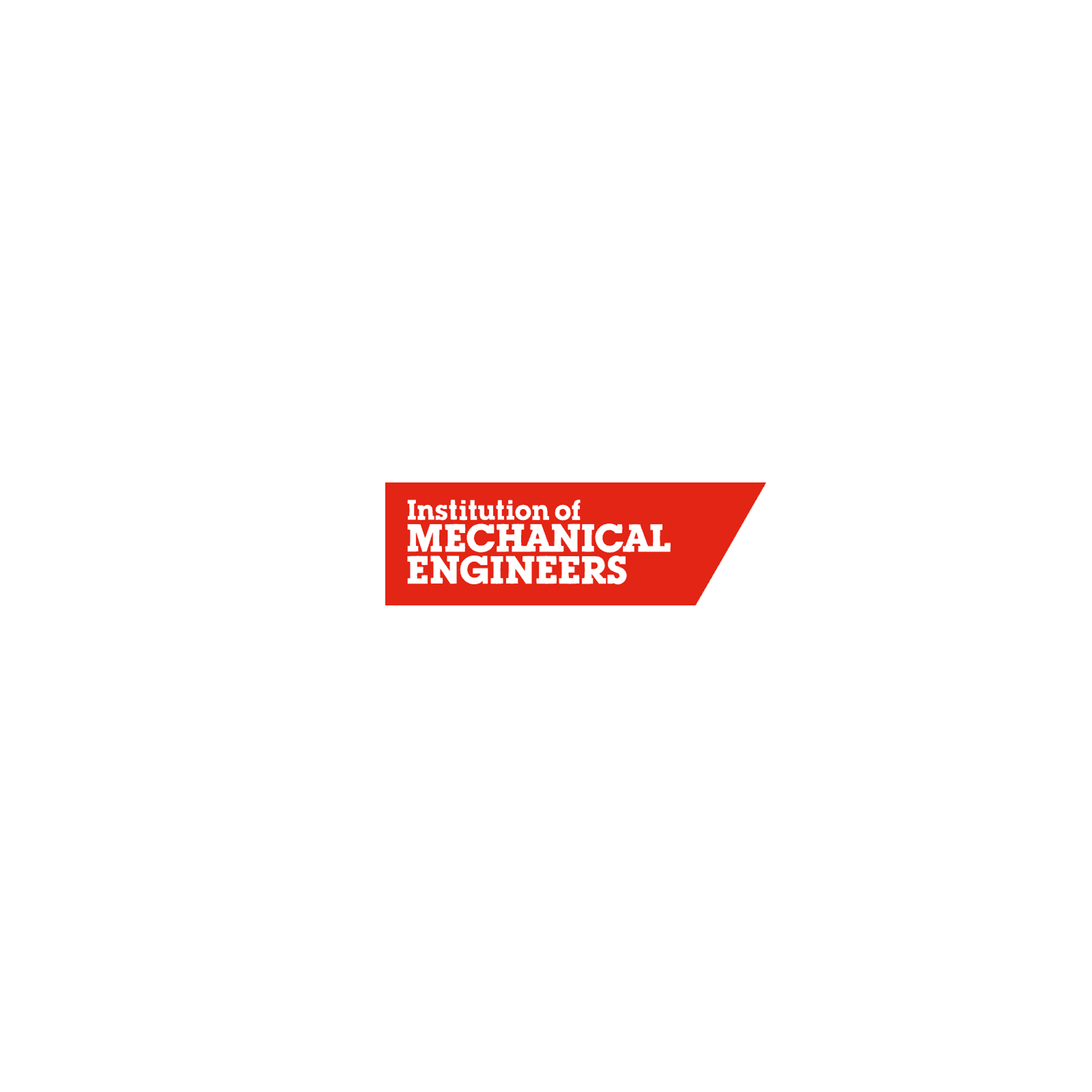7 top tips for air source heat pump success
In this post, we reveal our top tips for making sure that your heat pump design and installation goes without a hitch.
Ready? Let’s dive in...
How to get the most out of your air source heat pump
1. Lower the flow temperature
The first thing to accomplish is an efficient means of getting low grade temperature from your heat pump to your rooms. We are talking about lowering the flow temperature of the system as far as possible to reduce running costs and improve Government Renewable Heat Incentive (RHI) payments as much as possible. With lower temperature water being produced by your heat pump system, it has to do less work and as a result will use less electricity to run and keep your building warm.
The best way to get this low-grade heat into the building is to install an ultra-low flow underfloor heating system designed for 35ºC rather than the standard 45ºC. Even good quality highly-efficient low flow temperature radiators can be used if underfloor heating is not a practical option.
2. Correct sizing
The next piece of the puzzle to get right is to understand the precise heat loss of the home using BSEN12831 or CIBSE standards to identify the heat loss of the home in the depths of winter. Calculating this room by room helps in two ways. The first is with the underfloor heating design to make sure the individual rooms can be sufficiently warmed. The second is ensuring you specify and install the right heat pump size. Gone are the days when home heating systems were massively oversized, and an accurate calculation will make sure you are neither wasting money nor putting in an inappropriately large (or small!) heating solution.
For air source heating, it is critical to make sure the heat pump can provide the energy you need at the minimum outdoor temperature. Ask heat pump manufacturers for capacity tables and use the “integrated” or averaged energy value to make sure the heat pump will cope ok when it matters most.
3. Space and power requirements
Make sure you have space for the outdoor fan unit that is away from social areas and unruly garden plants. A big myth is that air source heat pumps need to be placed in a sunny position or on a south facing wall; this simply isn’t true, but they should be sensibly placed in an area that isn’t too confined.
Also check that you have sufficient electrical power available on your fuse board for this extra appliance. Increasingly, with electric vehicle charge points and electric cookers being installed, the standard single-phase electricity supply to a property can be a bit stretched. For medium or large homes, a split supply or three-phase electricity supply may be needed. If in doubt, check with your electrician.
4. Accredited product selection and installer
Make sure the air source heat pump and the installer you finally select is on the micro-generation certification scheme (MCS) list to ensure you will likely receive professional installation, consumer protection and tax-free Government RHI subsidies.
There is an
official MCS site
for finding installers and products in your local area. Alternatively, you can download
our free Mesh App
for your mobile.
5. Intelligent control
Without the right control, a heating system is at worst almost useless and at best highly inefficient. Invest in simple digital room thermostats and/or timers which can be easily adjusted to your lifestyle needs. Increasingly, you can access these through your mobile devices and check up on and change from anywhere in the world if you so desire!
There is a large selection of heating system control products on the market to suit all user needs from the very basic to hugely complex at reasonable prices which will optimise your running costs whilst being truly flexible.
6. Awesome installation
One of the continuing issues clients come up against is poor installation, service, and pricing fluctuations. Whilst this is a general problem, there are some honest and excellent installers willing to help you realise your low-carbon dream.
Make sure you spend some time on this aspect of the project getting recommendations, multiple like-for-like quotes and get to know potential installers. Taking time at this stage can make or break a project and could prove very costly if you get it wrong and find a ‘cowboy’.
7. Leave it alone
Once you have had the heating and control system installed and commissioned, don’t be afraid to leave it alone! The temptation is always to fiddle, but a correctly set up thermostat and heat pump system will keep you nice and warm with plenty of hot water for your needs. If the system is set up correctly, you will feel comfortable whatever the weather. By adjusting the installer settings you risk increasing the running costs of your system, premature equipment failure and ongoing frustration.
If you follow these top tips you will be well on your way to a hassle free and cost-effective heat pump installation to be really proud of.
If you still have any questions about air source heat pumps, or anything else to do with your low-energy home,
please don't hesitate to
contact the Mesh team today.
SHARE THIS POST WITH YOUR NETWORK























